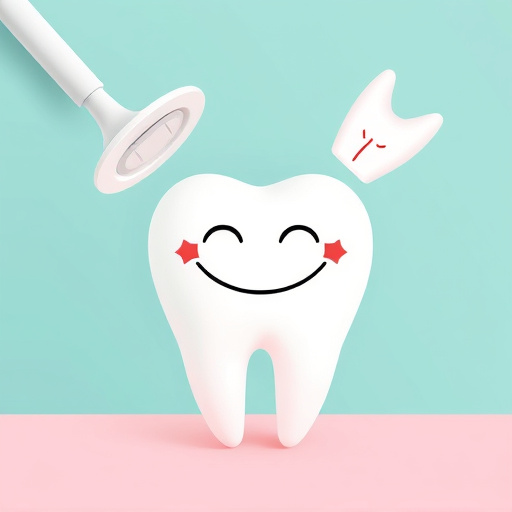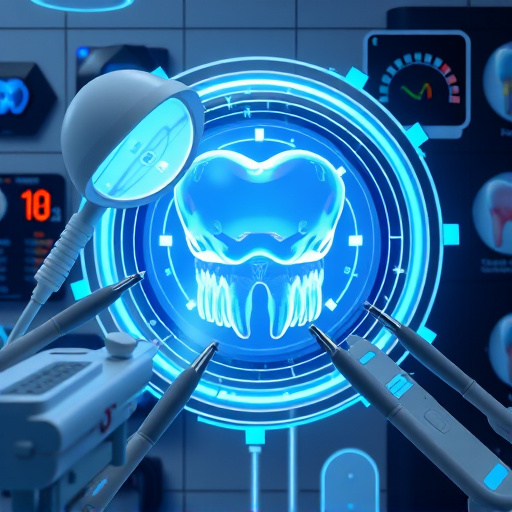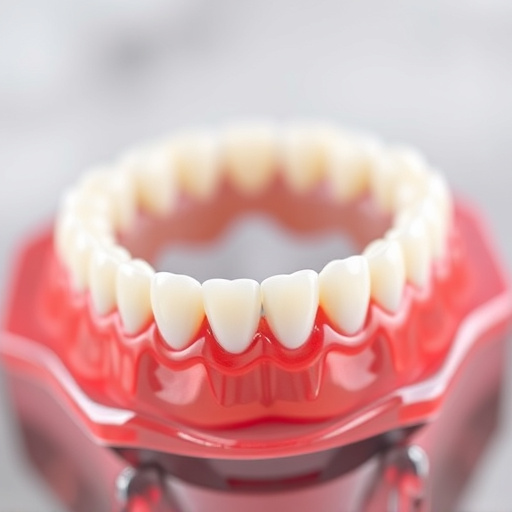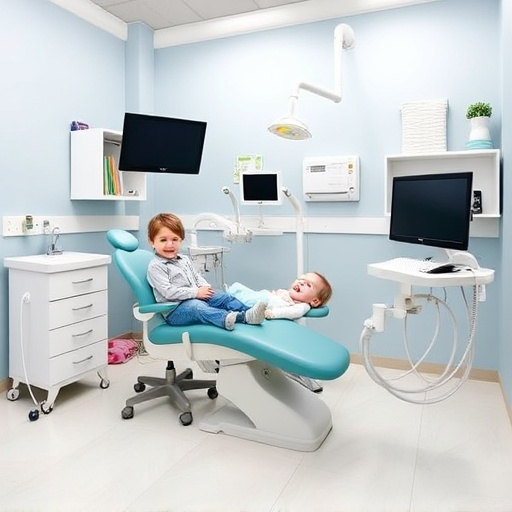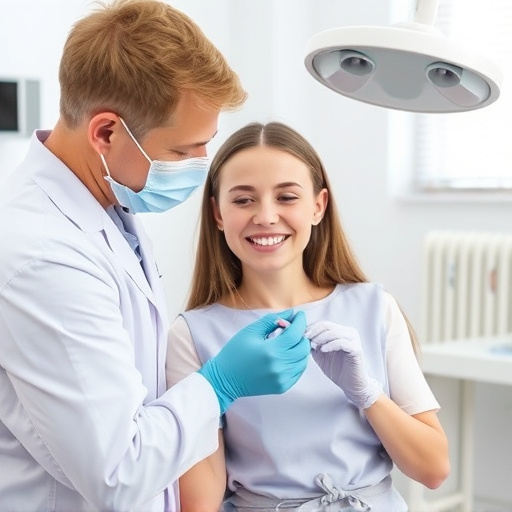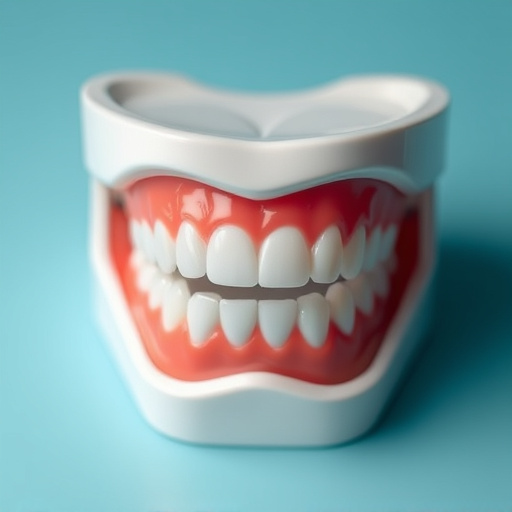Dental office technology, led by electronic health records (EHRs) and digital imaging, is transforming patient care. EHRs streamline record-keeping, save time, reduce errors, and ensure continuity of care, while digital radiography offers high-resolution images for early detection of subtle issues. Advanced software applications enhance treatment planning for improved patient outcomes, benefiting both practitioners and patients by revolutionizing operations and practice efficiency. Appointment scheduling software further enhances convenience and reduces no-show rates, allowing dentists to focus on complex procedures like tooth repair and crown placements.
In today’s digital era, dental office technology is transforming patient care, diagnostic accuracy, and practice management. From streamlining appointments with electronic health records (EHR) and teledentistry platforms, to enhancing diagnostic capabilities through 3D imaging and laser dentistry, modern tools redefine the dental experience. This article explores how improved communication platforms, practice management software, and cloud-based data security contribute to efficient, accurate, and secure dental practices. Discover how these innovations are changing the landscape of dentistry for both professionals and patients alike.
- Streamlining Patient Care: Digital Tools for Efficient Dental Practice
- – Electronic Health Records (EHR) systems: Benefits and features.
- – Appointment scheduling software: Enhancing patient convenience.
Streamlining Patient Care: Digital Tools for Efficient Dental Practice
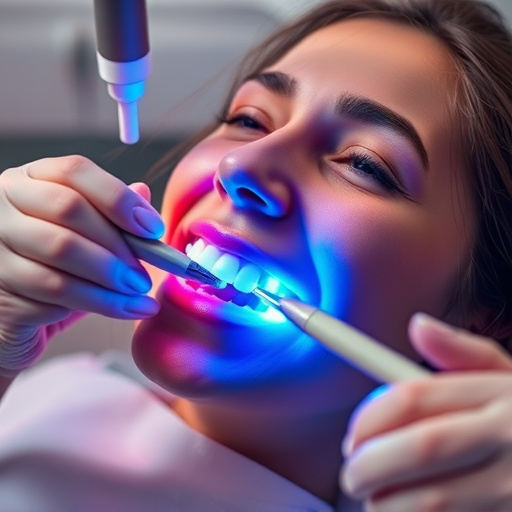
In today’s digital era, dental office technology plays a pivotal role in streamlining patient care and enhancing overall practice efficiency. One of the most significant advancements is the adoption of electronic health records (EHRs). These tools digitize patient information, making it readily accessible to authorized personnel. This not only saves time but also reduces errors associated with manual record-keeping. With EHRs, dental professionals can quickly review a patient’s history, including previous treatments like clear aligners or dental bonding, ensuring continuity of care.
Additionally, digital imaging and radiography have revolutionized diagnostic capabilities. High-resolution digital X-rays provide clearer, more detailed images, enabling dentists to detect even the subtlest issues. This technology is particularly valuable in general dentistry, where early detection can prevent complex treatments. Furthermore, advanced software applications facilitate treatment planning, allowing dentists to visualize and map out procedures accurately, leading to better patient outcomes and improved dental office technology that benefits both practitioners and patients alike.
– Electronic Health Records (EHR) systems: Benefits and features.
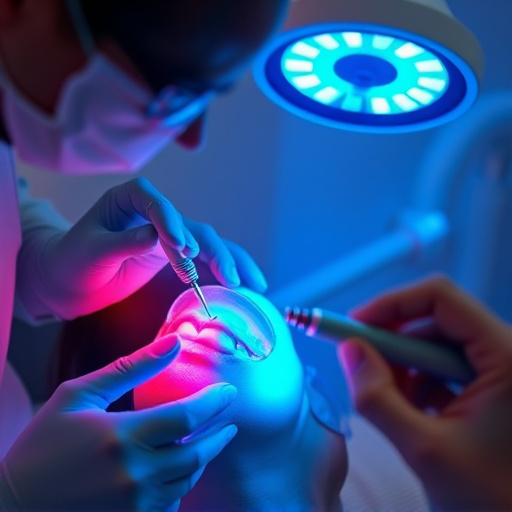
In today’s digital era, electronic health records (EHR) systems have revolutionized dental office technology. These sophisticated tools offer a multitude of benefits for both dental practices and their patients. EHR systems streamline patient data management by digitizing medical histories, treatment plans, and billing information. This not only enhances efficiency but also ensures accurate record-keeping, reducing the risk of errors. With real-time access to patient records, dentists can provide more personalized and informed care.
Moreover, EHR systems play a pivotal role in preventive and restorative dentistry. They enable dental professionals to monitor patients’ oral health over time, schedule routine teeth cleanings and check-ups efficiently, and track progress. This data-driven approach facilitates the early detection of dental issues, allowing for prompt intervention. By integrating EHRs into their practices, dental offices can foster a culture of proactive healthcare, ultimately improving patient outcomes in both preventive and restorative dentistry procedures.
– Appointment scheduling software: Enhancing patient convenience.
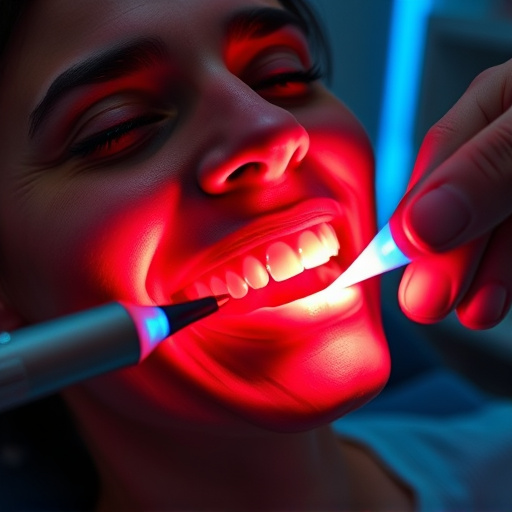
In today’s digital era, appointment scheduling software has become an indispensable component of modern dental office technology. This innovative tool streamlines the process for both patients and practitioners by offering real-time availability updates, online booking capabilities, and automated reminders. By leveraging such software, family dentistry practices can significantly enhance patient convenience. Patients no longer need to call or wait for a live operator; they can easily schedule their appointments at their convenience through dedicated apps or websites.
Moreover, this technology improves operational efficiency by reducing no-show rates. Automated reminders sent via text or email help patients remember their scheduled visits, leading to better attendance. This, in turn, allows dental offices to optimize their schedules and allocate resources more effectively. As a result, dentists have more time for complex procedures like tooth repair and crown placements, ensuring high-quality care across the board.
Modern dental offices leverage digital tools like Electronic Health Records (EHR) systems and appointment scheduling software to streamline patient care, enhance efficiency, and improve overall practice management. These innovations not only simplify administrative tasks but also prioritize patient convenience, ensuring a more seamless and effective dental care experience. Embracing these advancements is key for dental practices to stay competitive and provide cutting-edge services in the digital age.
